To hike with your kids might perhaps be the best way to spend a quality spare time, combining who you love the most with your favorite activities. You should be relaxed and free of any stress, but to make sure that hiking with kids will be a great experience, you need to prepare your kids well and minimize any risks which would turn your hike into something it is not meant to be.
The good news is that hiking, as a low-level activity can be enjoyed by almost anyone. However, you first need to take care about your kid’s readiness and your readiness to take care of your kids while active. Certainly, the approach will be different than before, but the goal is to feel a little change from the time before kids.

So, in short, the aim is to have the whole family well prepared and minimize any risks, such as kids catching the cold, you becoming tired too far from your base, or muscle inflammation the next day. The key is in optimal planning, and staying careful during the course of a hike.
PLANNING
Before you start planning your first hike with a child or children, you should revise your last hikes without a child. If you’re with your partner, the things are even better because combining experiences will always bring better results. But even if you’re the only adult accompanying children you should find much useful info from the last hikes you used to perform before getting the children.
If you’re the mother and had to take a break for pregnancy and caring for your toddler, you certainly lost a lot of your fitness, and in such cases, you should try going on a hike without children at all in order to learn your current physical abilities. Still, if you opt to take your little darling, see our article featuring tips and guidelines when camping with your child.
Before you even start on planning, you need to learn that hikes with kids have a completely different scope and focus, which is now switched from motion to teaching and helping kids remain active and entertained. While your hikes were all about your own goals such as distances passed and calories spent, now your primary focus is keeping child able to accomplish the route and let them learn some new things about recreation and the environment, where the activity takes place. To make your hikes pleasant for both you and your kids.
Find a great trail
The trail you choose for going on a hike with kids needs to have the following features and properties:
- Little or no elevation, children would become exhausted quickly if they’ve not been active before.
- Have no much obstacles such as tree roots or rocks your kid can kick and fall or get bruises. Smaller children would fall, but you shouldn’t neglect the risks associated with it.
- Have some fun features kids can find interesting: plenty of various plants, wildlife, ponds stone formations close to the trails. You use this as an opportunity to teach children more about the environment.
- Find locations where you can park conveniently and close to the trail. Long walking distances between the car and the actual trail can unnecessarily tire your children.
For the very first hikes, it would best be a trail you have already visited. So you will know what the kids would be expecting there. Over time, if brought to hiking regularly, your kids will develop trail versatility and have more energy. To keep those little feet in tip-top condition, see our piece on the best hiking shoes for kids to make hiking enjoyable.
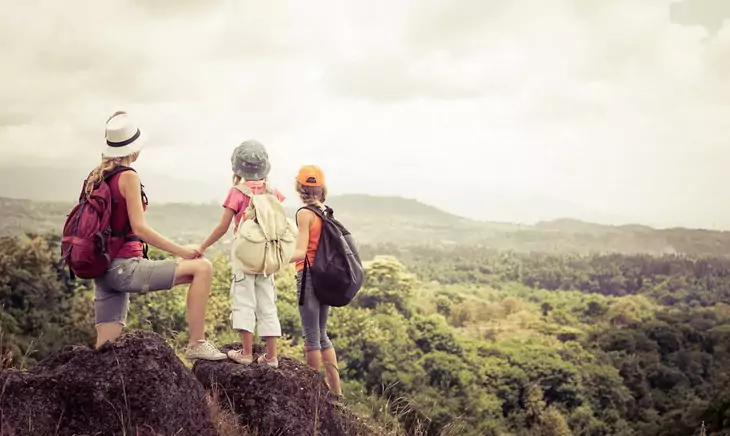
They will have the power to explore and encounter the trail at least as efficiently as you.
Weather and Clothing
When going with your kids, you should know that they catch cold with ease, much faster than adults, and wet clothes are one of the most common reasons. Kids will often disregard having wet things on themselves and won’t complain so easily.
The best way to avoid kids becoming wet is avoiding any chance of rain. Follow the weather forecast and compare forecasts from various sources to make sure there will be little or no chances of rain. Also, keep an eye on kids anytime they’re close to water surfaces. Kids are attracted to water, and everything spanning from small ponds, creeks, to rivers and watering holes. Learn them to stay cautious near water.
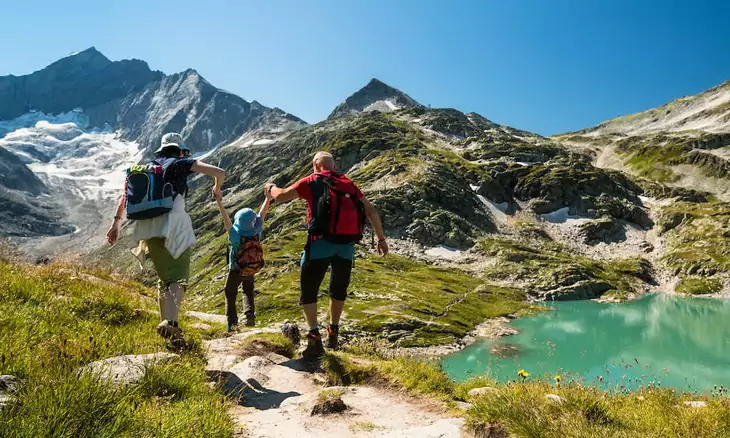
Even when there is little chance of precipitation, it is strongly recommended to bring extra clothing, dry and warm, for any children accompanying you on the hike. To keep the child in case dressing is needed you need to bring a soft towel. Check out our article on essential camping gear for toddlers for more information.
The Backpack
The contents of your backpack when you bring kids with yourself is significantly different from what you need when you’re alone or with other adults. Since it is all about kids, you need to reserve most of the storage space for their needs.
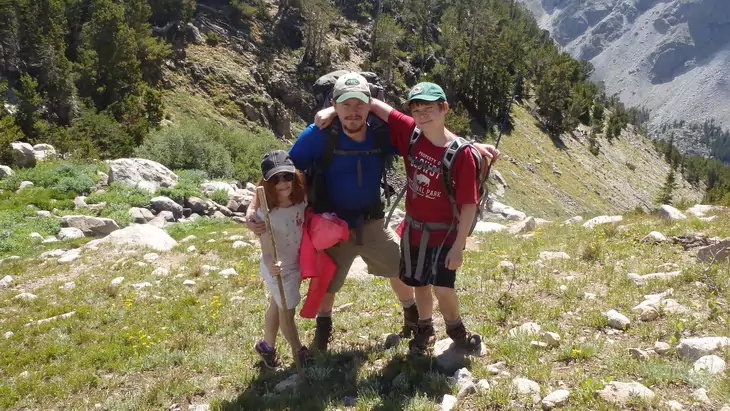
On the other hand, these hikes are much shorter, relieving you the need of bringing plenty of food and camping gear.
Hydration
While you need to take care for bringing most of the kids’ necessities, children aged 6 or older can freely bring their own water with themselves. Now you can find hydration packs for children or convenient kids water bottles. Make sure to bring enough electrolytes in the form of salted nuts and other healthy snacks.
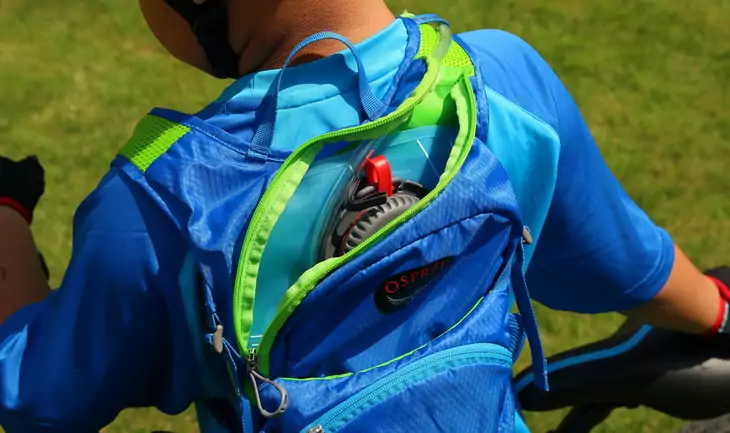
Electrolytes are important for adults, too, but retaining hydration in kids is even more important since infant metabolism is much faster and they will always lose water faster than you. Owing to that, you should bring an extra large hydration bladder to refill the water reservoir of everyone who runs out of it.
Nutrition
Children like to stay very active and always be in motion, owing to which they consume excess calories, even if they eat well, they will need a good refill while on a hike. That’s why your kid’s nutrition there should be based on carbohydrates. Of course, these need to be healthy, but even simple sugar sweets such as muffins or chocolate bars can be a good choice, though you should never bring only that kind of food.

The best food for any child’s hike comes in the form of snacks and tiny meals they can take several times during the course of a hike. This way your kid’s stomach would never become full, nor it will be empty. The snacks you bring can include:
- Cereal bars
- Fruits: bananas, apples, pears, oranges, plums, cherry, grapes, or any other fruit of similar sweetness depending on the season and availability.
- Chocolate bars, muffins, candy.
- Nuts of any kind.
- Sandwiches with butter or margarine and jelly or jam.
- Crackers, cracker sandwiches, and veggie sticks.
Of course, you can only bring three or four of these food types, for example fresh fruits, nuts, and muffins. Also, make sure you bring only those nutrients your kids know of in order to avoid any allergic reaction – it goes primarily for nuts and cereal bars. Kids love desserts, so better read on our article on how to make campfire desserts for your family.
Kids Necessities
On every occasion, kids have different priorities than us adults, and hiking is not an exception. You can allow them to bring one or a couple of their favorite toys (exclusive of any electronic devices) which should keep them away from boredom while on the trail. Also, some vehicles such as kid’s bike, balance bike, scooter or a trike would be great. The kid will always have something to sit on, move faster and keep more energy. However, it will influence the overall goal of the whole activity – in this case, it wouldn’t be quite a “hike”, at least not for them.
There are kids backpacks even specially designed for hiking, but if it’s your kid’s first hike, you should stay away from adding much burden to his or her back. One or two medium-sized towels, a smaller toy, water, part of snacks and a teddy – already enough to fill a small backpack designed for kids. Everything else will require space in the backpack.
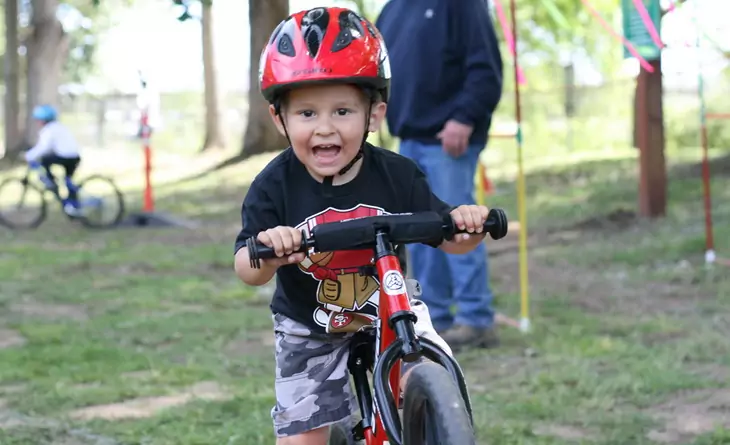
The last, but not the latest, do not forget about a good first aid kit. People often neglect the need for a first aid kit. However, whenever in the backcountry with kids it is good to have something at hand to improve the situation in case of injury or catching cold. Bring a first aid kit even if all kids have protective pads on themselves. You can either make a first aid kit from items you render necessary, also you can buy a complete hiking or backpacking kit. Besides the first aid kit, or within it, there should be room for the following: wet wipes, safety whistle, magnifying glass, a good camera and lip balm.
ON THE TRIP
Before you go on a hiking trip, note that now with kids you will be spending less time and pass shorter routes. Dress appropriately. It is no needed to bring a lot of clothes for yourself. It is instead to put several layers of clothes on your children should they be prepared for any changes in weather conditions and temperature. In most cases, it would be good to bring rain clothes – even if there are zero chances for precipitation. Raincoats offer good wind protection, too. Depending on the weather, you should opt for gloves and hats for anyone in the group.
For each child in your group, you need to bring an additional change of clothing which you leave in your car. Your children will sweat in all weather conditions, so a quick change of dry clothes is needed in the end, even if you have been changing it during the hike.
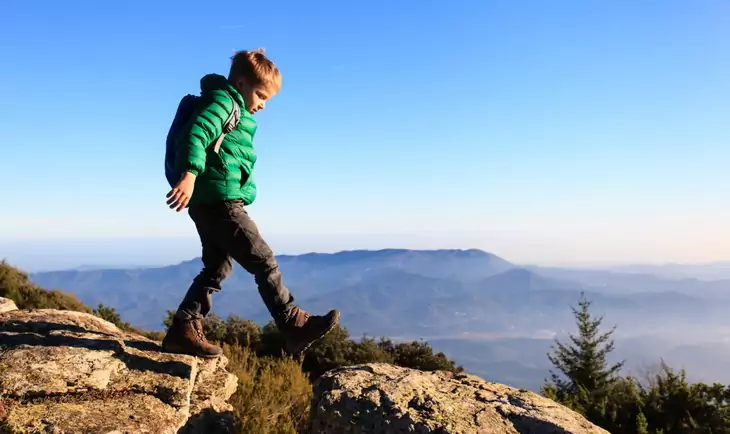
When you go on a hike, always bear in mind that you should need to get back to your car. That can be boring and frustrating for children who will find enjoyment in exploring new parts of the trail. To avoid this choose a loop trail if available. The kids won’t even notice the hike is over when you reach the car
Pick the group leader. As an adult, you will always have to be behind and supervise the group. That explains the need for a whistle. It will make you sure they can hear you, even if they’re out of sight. Do not let any of your children wander away from trail unless it’s a part of the planned activity.
Planning Activities
To plan your first hikes with kids, it would be ideal to go and inspect the trail on your own, find things you render interesting for children and record that in your notebook or a GPS connective device with a geotag and reminder.

Some of the things that can attract your children and keep them entertained include:
- Extraordinary live beings: plants, creatures, which can be insects, worms, rodents, reptiles. The reason you need to inspect the hike alone before bringing children includes inspecting the trail for all dangerous creatures – primarily those venomous.
- Water surfaces of any kind. Kids simply adore being close to the water. That may be ponds, creeks, waterfalls, lakes, rivers, any water surface which can have some specific creatures such as fish, frogs, crustaceans, mollusks, snails and insects.
- Rock and stone formations. Various formations of rock and stone, which can even appear on the trail’s course are pretty common in dry parts of the country where water surfaces are less common. These also can offer a plenty of interesting creatures and plants, though there you need to be more cautious about venomous species, animals that can bite or plants that can sting your children.
- The presence of other children: your kids will simply adore any trail where they can find a company of their age: For you, it is a chance to communicate with parents or caretakers and organize a hike better, making an ad hoc group of children and accompanying grownups
Communication with kids while hiking
To make sure your hike is a good experience for both sides, it is needed to know how to talk with your children on the trail and address their needs properly. The environment where you hike is pretty different from your backyard, even if your backyard is large. First: your kids are in an unknown environment. They do not know the whereabouts of the things around and will be keen to explore a lot. You, thus, need to keep their curiousness under control. Learn them to explore the world, part by part, letting them learn only some basics about the environment for the first time.
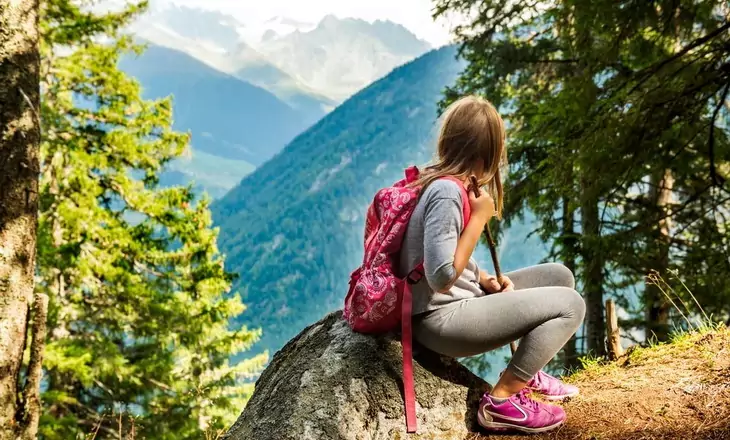
After that, they will be more interested in going for the next hike. They will be curious, for example, to see whether bird eggs they used to see the last time will hatch, or whether an interesting plant will blossom. Stories about seasonal changes in the living world are always a good way to keep your kids in the safe zone and let them await the next hike. With every new hike, children will learn how to perform tasks on their own. Respect their opinion and their will to do some things on their own. They will grow self-esteem allowing you that in a couple of years you can freely let them hike separately on a trail, and you will not have any reasons to worry about.
Why Will You enjoy Even More than before?
Hiking with your children is not just another way of maintaining a good relationship and love with them. It is a way you kids will learn more about the environment, how to protect it, , and how to take care of the common property and grow into responsible citizens. You will now have an opportunity to teach them about staying active, health benefits of exercise and remaining in nature.
To make sure your stay in camp will be memorable, check out our piece on the top family tents to make everyone comfortable and safe.
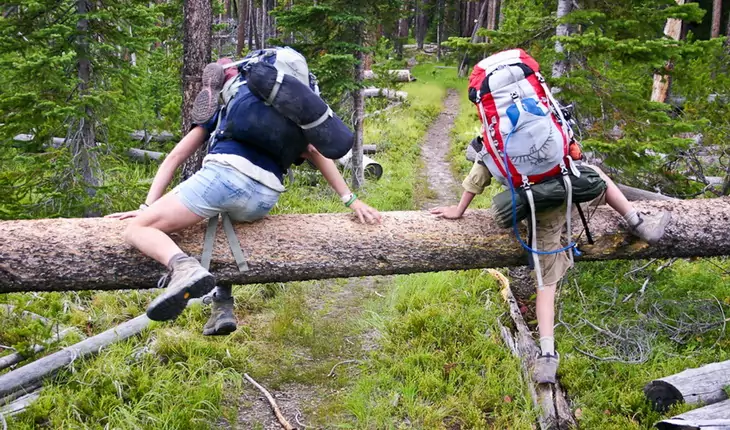
We hope that, you will find tips from this post useful for your first hike with kids. If you follow our recommendations, the high level of safety will be secured and your children will see the fun in hiking, and will always ask for more activity. Hikes in the backcountry are one of the easiest methods of healthy upbringing. Once you complete your first hikes with children, we will be happy to learn about the experience all of you had. Feel free to send us any suggestions or ask if something is not clear to you.

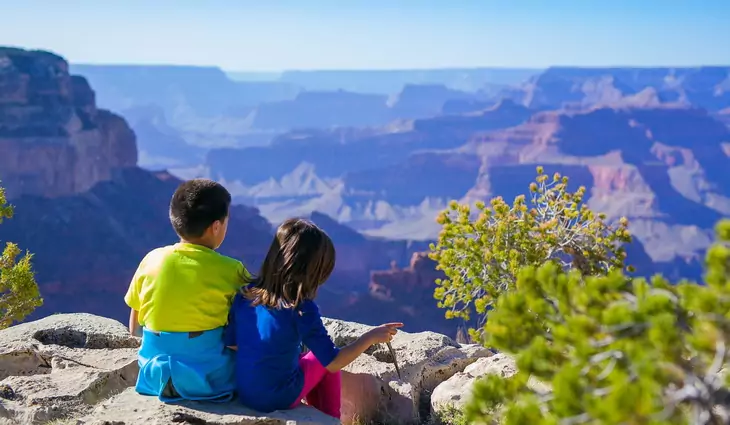

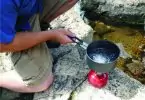

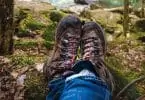
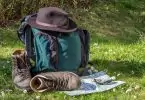

You should try out geocaching to keep your kids engaged and scavenger hunt for a more thrilling hiking experience.
You should always bring your kids on the trails. This way, they will learn more about the wild and at the same time enjoy what nature has to offer.